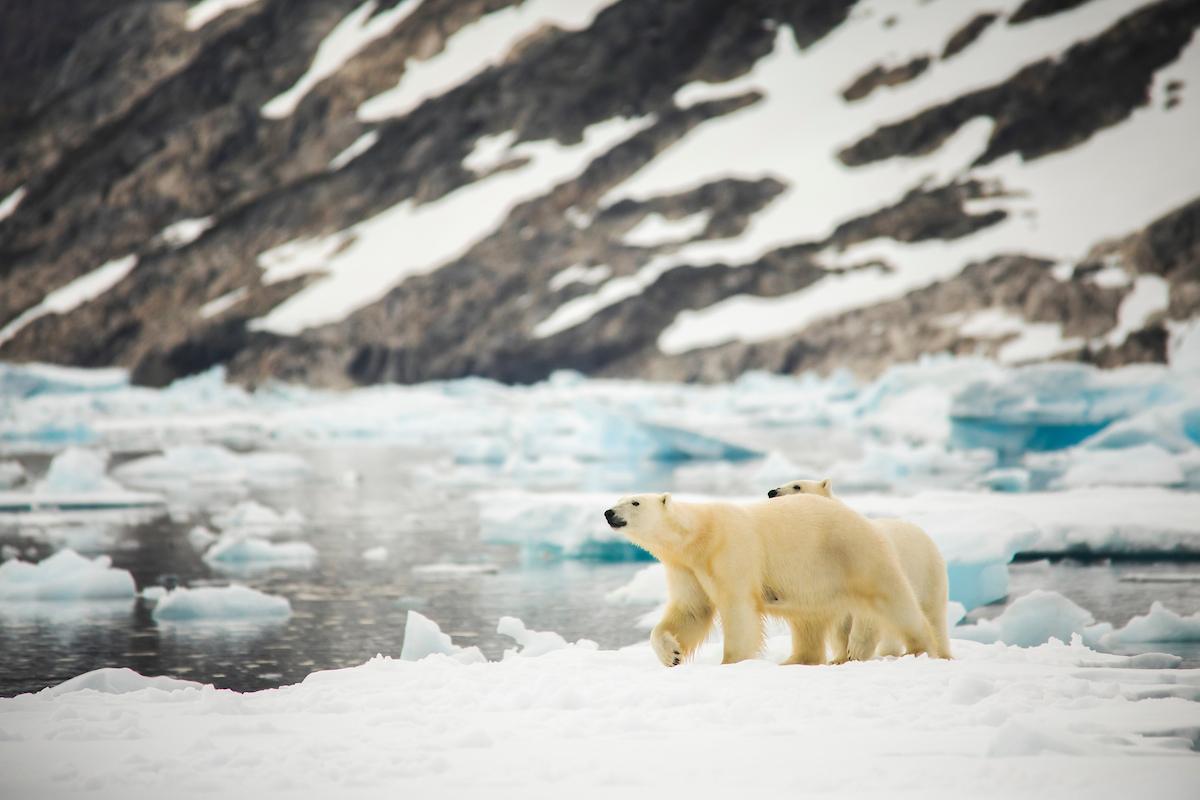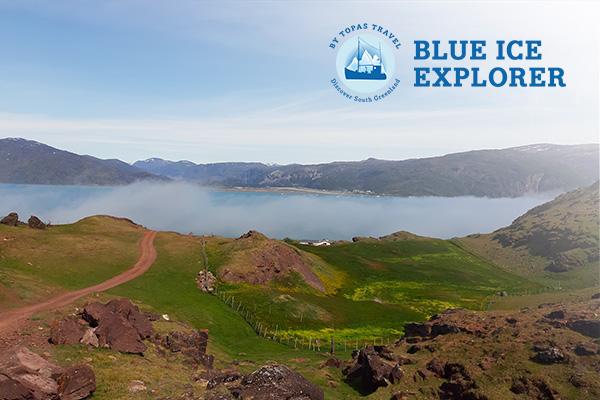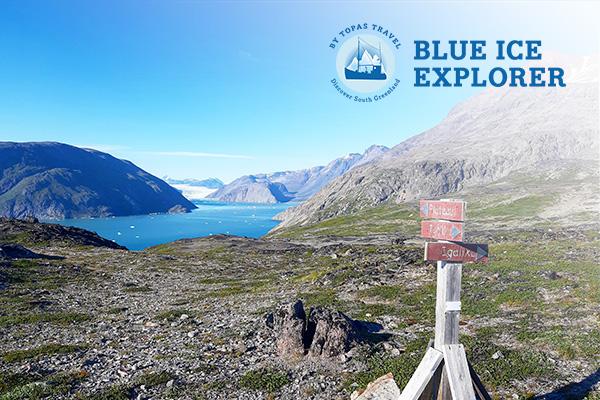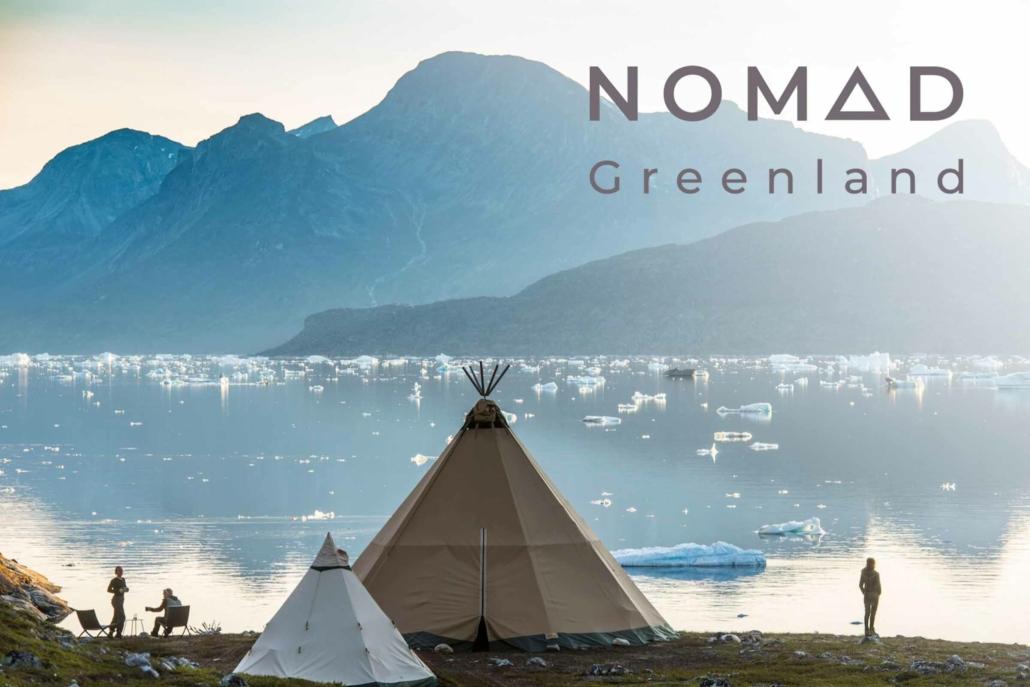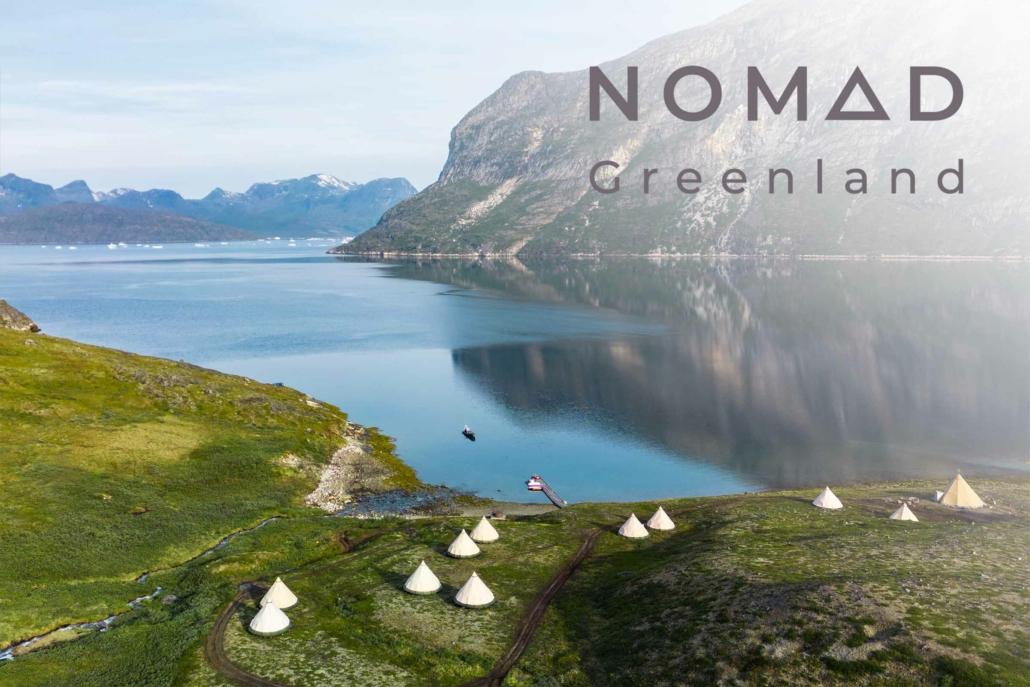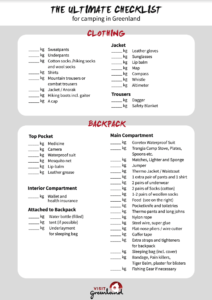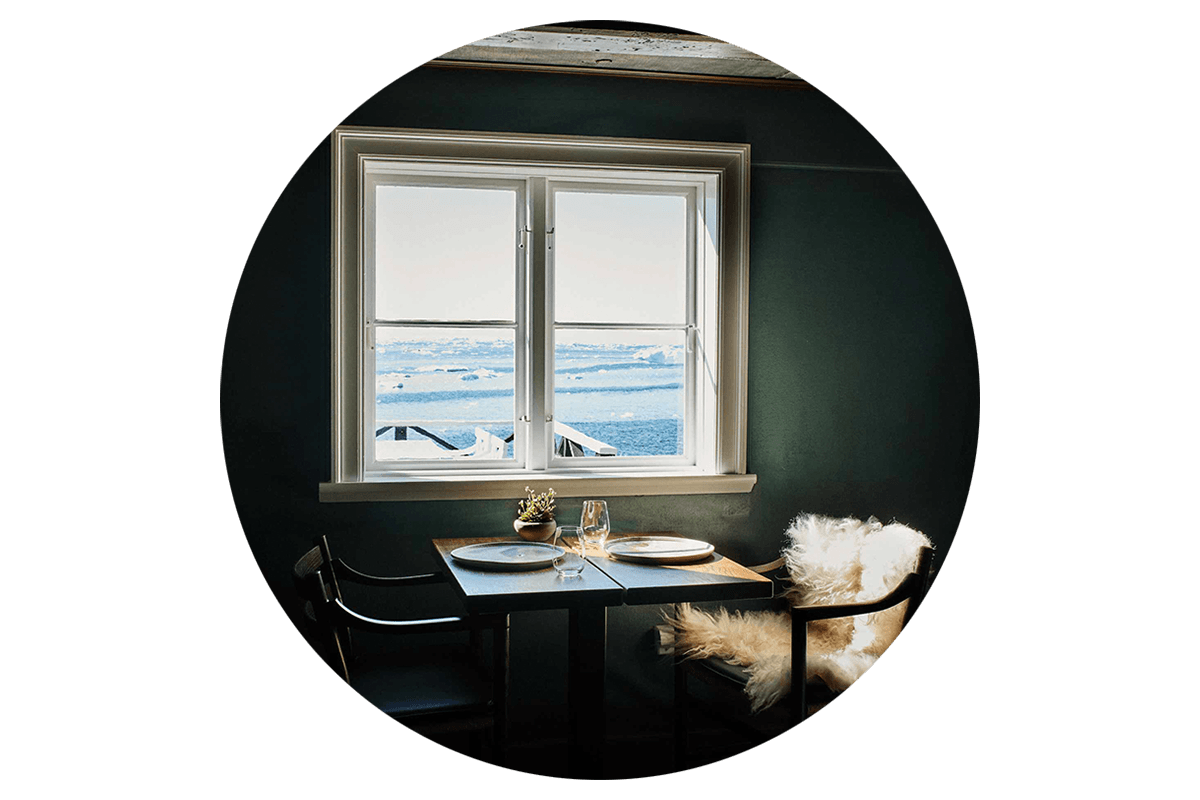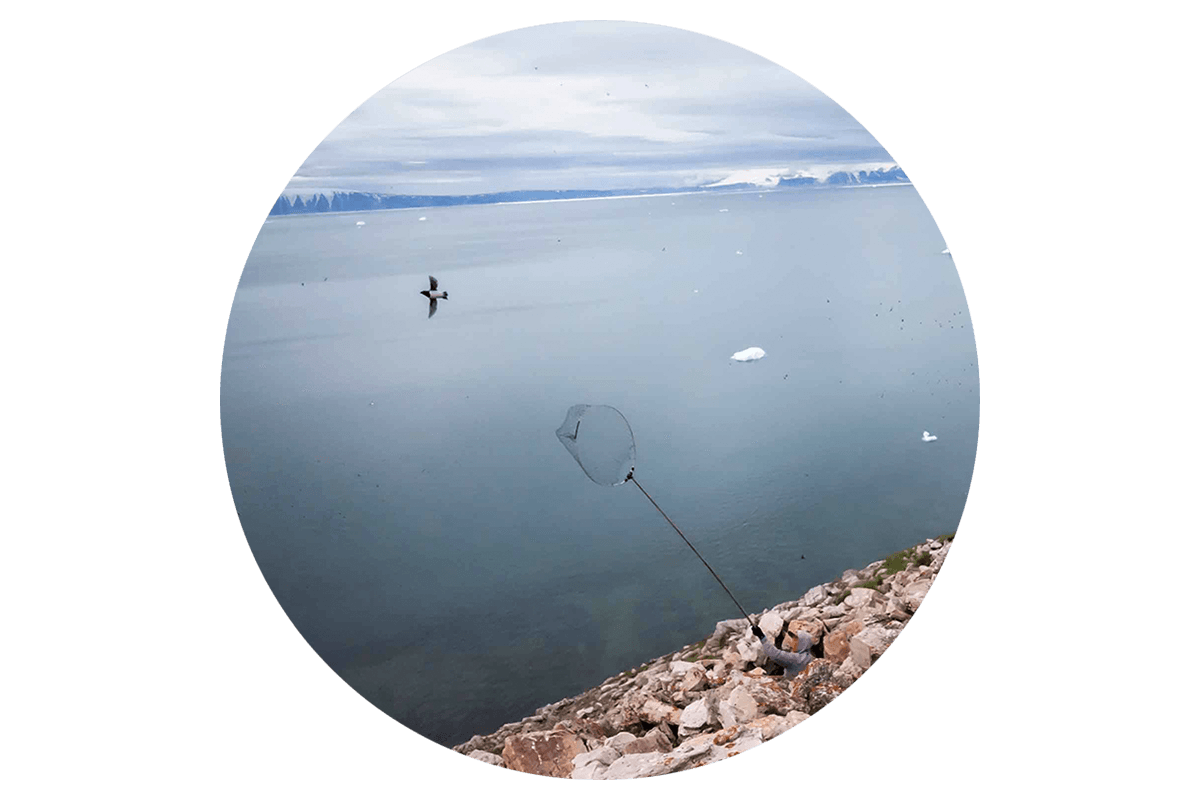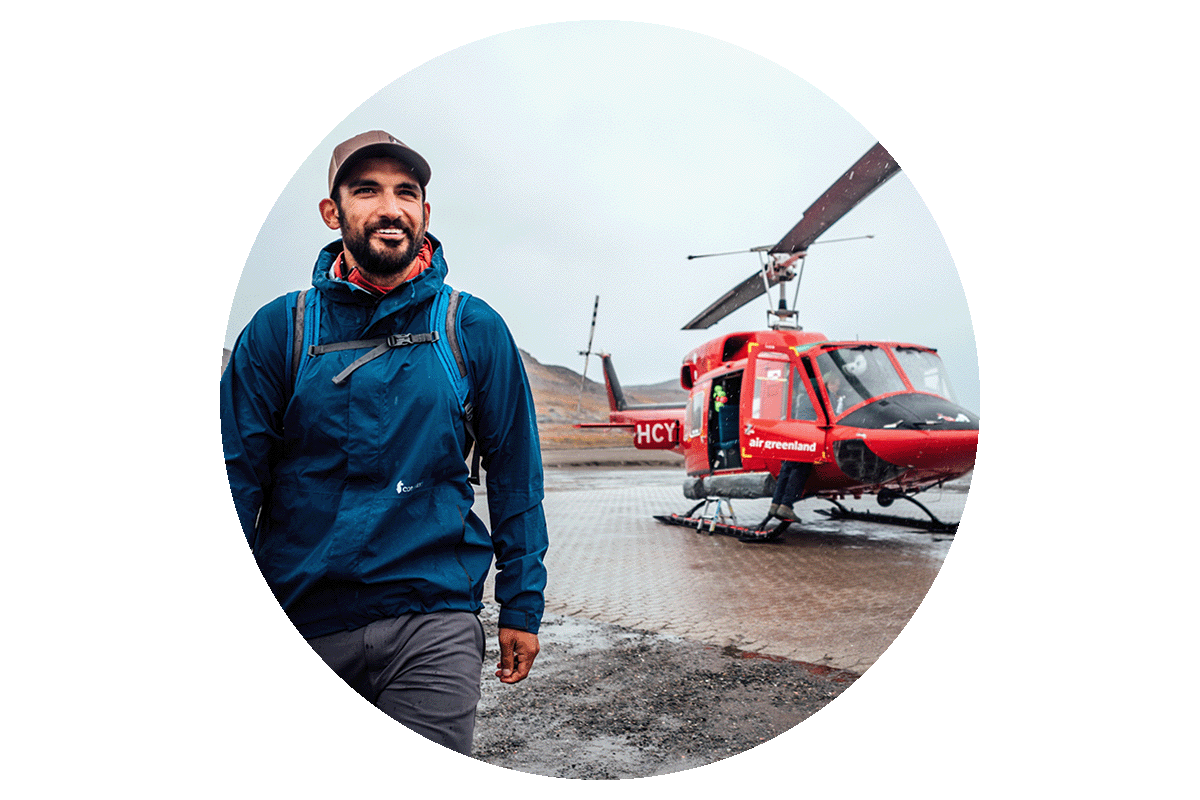Where
All the international entry points to Greenland, and principal settlements have a wealth of countryside to explore independently and enough infrastructure to support the adventure tourist. Greenland’s capital, Nuuk, boasts a relatively sheltered and extensive fjord system to rival the best of Norway’s fjords all within reach of international connections to Iceland. Kangerlussuaq boasts an enormous backcountry with access to the Inland Ice, the fascinating archeological paradise of Aasivissuit – Nipisat, and out to the crenulated coastline around Greenland’s second city of Sisimiut. In Tasiilaq visitors are offered a taste of the ’real’ Greenland – remote yet accessible, with some of the most spectacular scenery the country has to offer and communities living closer to nature than some of the more developed spots.
WHEN
The internet is awash with all the statistics you need to figure out if it’s likely to be swimwear or Canada Goose weather at your planned destination. Many people immediately think of cold and ice when they think of Greenland. Yet, summers can be warm, even into the 20s. The keyword for Greenlandic weather though is unpredictability, so look at the extremes in the statistics and plan accordingly. Prepare for the worst but be kitted out to enjoy good weather too (provided you are ready also for the mosquitos). If you are used to a low Alpine climate, Greenland will be familiar territory in summer, but don’t underestimate how unforgiving winter can be. In particular in winter in the more remote communities, scheduled transportation can be delayed for days or even weeks. Being stranded can provide amazing and unexpected opportunities, and whether it means flexible insurance or a flexible state of mind, be at least mentally prepared for a delay in returning home.
How
Ilulissat, Sisimiut, Maniitsoq, Nuuk, Qaqortoq and Tasiilaq all host boat charter companies who will take you where you want to go, and pick you up again, within the local area. And outside of these settlements, all communities live in harmony with the sea, which means that you are never far from a local person with a boat willing to assist. Agree prices with operators in advance, don’t pay until you are picked up and safely home again, and try to avoid weekends for travel if at all possible. In the larger settlements, you can always find somebody who speaks very good English, particularly among the tour operators. However, in remote communities, Greenlandic dominates so be prepared to use maps to demonstrate where you want to go – all the local boat owners know their coastlines like the backs of their hands. Expect to negotiate 2000 to 5000 kr. an hour for crewed boat charter. For the bigger budget, the Air Greenland charter department can arrange helicopter charter, and it’s not as crazy an idea as it might sound. It’s not cheap – at about 21.000 kr. an hour – but helicopters reach places that other modes of transport can’t reach, and for up to 5 passengers (gear dependent) it can be the route to a once-in-a-lifetime backcountry adventure.
Risks
If you are planning a multi-day camping trip don’t go anywhere without a good map and a knowledge of how to use it. Even if you want to use a GPS for route-finding, it is critically important to always carry a paper map as a backup when technology fails – and it does in Greenland. While map coverage in Greenland is sparse, there are maps suitable for hiking over much of south Greenland including Narsaq and Qaqortoq, around the icefjords of Ilulissat, Sisimiut–Kangerlussuaq and East Greenland’s Tasiilaq area. Most recently, the whole of the fjord system around Nuuk has been covered by a series of 1:40 000 hiking maps opening up this huge area to limitless adventures.
Always carry a medical kit and if you are being dropped at a location by boat with the same pickup point it is a great idea to have a ‘drop bag’ depot with extra survival gear and food. Nowadays, with the Garmin InReach system, GPS-supported emergency service notification is within reach of every independent traveller and any visitor to Greenland going ‘off-piste’ should have one, or something similar.
So, back to the curious bear. By far the least predictable and highest impact risks to the independent traveller in Greenland are polar bears. There are plenty of places where your chances of an encounter are vanishingly small (such as the large majority of the West Coast). However, if you venture into East Greenland, even in the relatively accessible areas around Kulusuk and Tasiilaq, you are in the curious bear’s habitat and you will need to be armed, or with someone who is. You can buy a high calibre rifle in Greenland in the supermarket, without a license. Yes, in all seriousness. But, unless you have the experience in knowing how to use one, and ideally first-hand knowledge of polar bears, then don’t even think about it. This leads to perhaps the best advice for independent travel in Greenland. Consider hiring a guide. On the West Coast, it is a luxury, and many boat charter companies can help you with that, and all the gear and experience you may want for getting into the wilds. On the East Coast, it is essential – for your own safety. Fortunately, there are also operators based on the East Coast, or who can manage logistics on the East Coast for you, and who will cater to your aspirations. Think about it like travelling to an exotic location and asking a tuk-tuk or taxi driver to take you to the hidden spots. This fjord looks incredible on Google Earth, this mountain looks hikeable, we could paddle up these rivers and find some spots to pitch a tent and fish. Local knowledge, and the local skills necessary to protect you, are the keys to an independent travel experience in Greenland.
With all this in mind, you’ll be following the advice, ‘Just shoot him. Shoot him now!’ with your camera.
By Mark Hutchison

